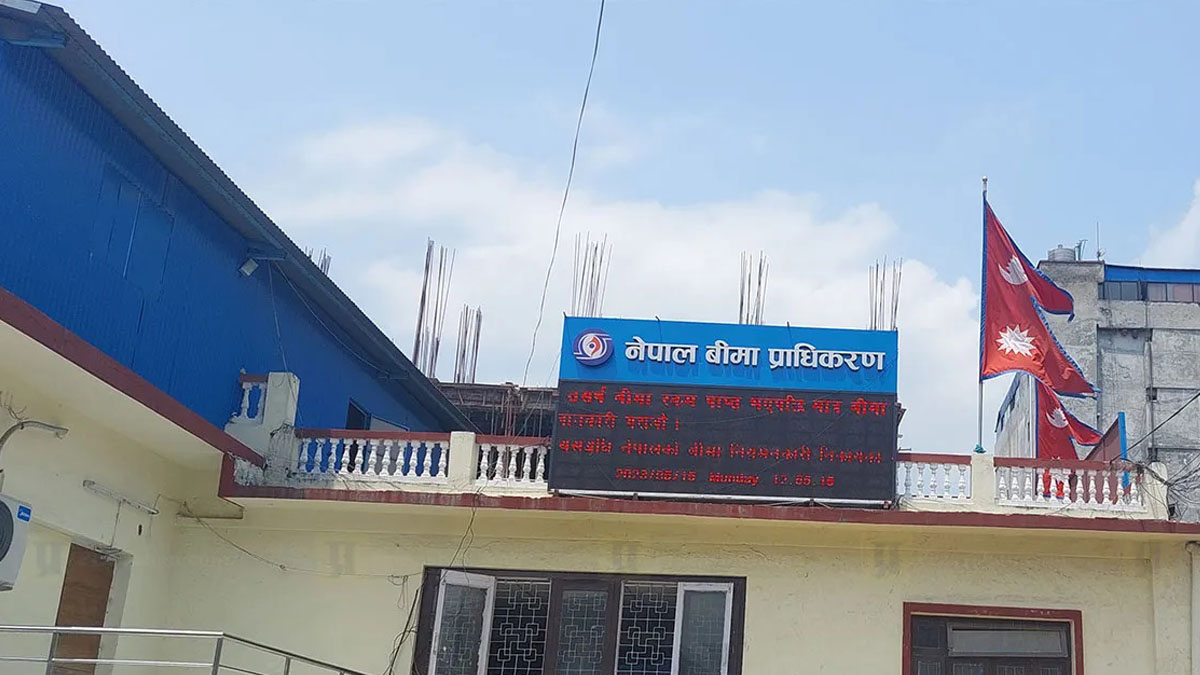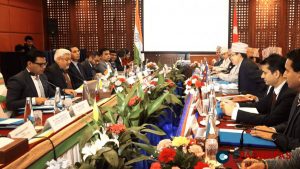
Rs 20 Billion Paid-up Capital Mandate for Reinsurance Sector

The Nepal Insurance Authority (NIA) has announced its decision to elevate the paid-up capital requirements for reinsurance companies to a staggering Rs 20 billion. NIA Executive Director and Spokesperson, Raju Raman Paoudel, disclosed this development during an interaction with Himal Press, outlining the regulatory body’s strategy to fortify the financial robustness of reinsurers.
Reinsurance plays a pivotal role in mitigating risk within the insurance industry, and the NIA’s decision to raise the paid-up capital is a proactive step to enhance the capacity of reinsurance companies to absorb potential risks. Paoudel stated that the regulatory body has set a strict timeline of 15 days for reinsurance companies to submit their plans for achieving the new paid-up capital requirement within the next year.
Currently, Nepal boasts two reinsurance companies: Nepal Reinsurance Company Ltd (NRCL) and the recently established Himalayan Reinsurance Company Ltd (HRCL). While NRCL presently maintains a paid-up capital of Rs 12.81 billion, HRCL, the newest entrant into the market since June 2021, holds a paid-up capital of Rs 10 billion. Notably, HRCL recently garnered Rs 3 billion through an initial public offering just a month ago. Now faced with the imperative of doubling its paid-up capital within a year, HRCL finds itself at the forefront of meeting the heightened regulatory standards.
“We decided to raise the paid-up capital of reinsurance companies to increase their capacity to absorb risk,” explained Poudel, emphasizing the NIA’s commitment to fortifying the financial foundations of the insurance sector. This move follows the earlier decision by NIA to elevate the paid-up capital requirements for life insurance and non-life insurance companies to Rs 5 billion and Rs 2.5 billion, respectively, giving them a one-year timeframe to comply with the new capital thresholds.
The NIA’s latest initiative underscores the regulatory body’s dedication to fostering a resilient and robust insurance industry, aligning with global best practices and ensuring the long-term sustainability of the sector in Nepal. Reinsurance companies now face the challenge of navigating this transformative shift in capital requirements while contributing to the overall stability and growth of the country’s insurance landscape.












Comments